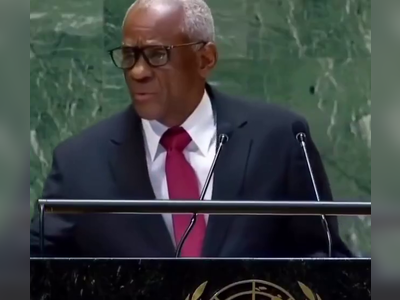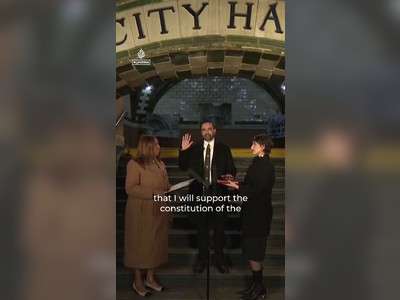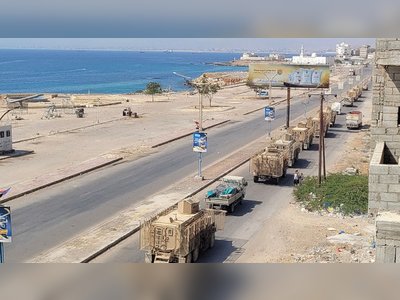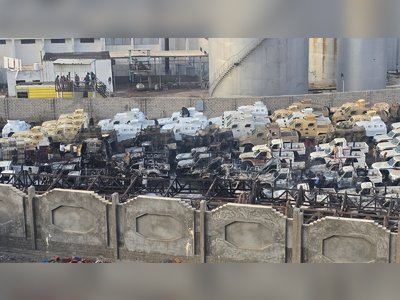
The evolution of the technology of witnessing brutality
The
ways Americans capture and share records of racist violence and police
misconduct keep changing, but the pain of the underlying injustices they
chronicle remains a stubborn constant.
Driving the news
After George Floyd's death at the hands of Minneapolis police sparked
wide protests, Minnesota Gov. Tim Walz said, “Thank God a young person
had a camera to video it."
From news photography to TV broadcasts to camcorders to smartphones, improvements in the technology of witness over the past century mean we're more instantly and viscerally aware of each new injustice.
- But unless our growing power to collect and distribute evidence of injustice can drive actual social change, the awareness these technologies provide just ends up fueling frustration and despair.
For decades, still news photography was the primary channel through which the public became aware of incidents of racial injustice.
- A horrific 1930 photo of the lynching of J. Thomas Shipp and Abraham S. Smith,
two black men in Marion, Indiana, brought the incident to national
attention and inspired the song "Strange Fruit." But the killers were
never brought to justice.
- Photos of the mutilated body of Emmett Till catalyzed a nationwide reaction to his 1955 lynching in Mississippi.
In the 1960s, television news footage brought scenes of police turning dogs and water cannons on peaceful civil rights protesters in Birmingham and Selma, Alabama into viewers' living rooms.
- The TV coverage was moving in both senses of the word.
In 1991, a camcorder tape shot by a Los Angeles plumber named George Holliday captured images of cops brutally beating Rodney King.
- In the pre-internet era, it was only after the King tape was broadcast on TV that Americans could see it for themselves.
Over the past decade, smartphones have enabled witnesses and protesters to capture and distribute photos and videos of injustice quickly — sometimes, as it's happening.
- This
power helped catalyze the Black Lives Matter movement beginning in 2013
and has played a growing role in broader public awareness of police
brutality.
Between the lines
For a brief moment mid-decade, some hoped that the combination of a public well-supplied with video recording devices and requirements that police wear bodycams would introduce a new level of accountability to law enforcement.
- But that hasn't seemed to happen, and the list of incidents just grows.
- Awareness of the problem increases, but not accountability for police actions.
The bottom line
Smartphones and social media deliver direct accounts of grief- and rage-inducing stories.
- But they can't provide any context or larger sense of how many other incidents aren't being reported.
- And they don't offer any guidance for how to channel the anger these reports stoke — or how to stop the next incident from happening.











